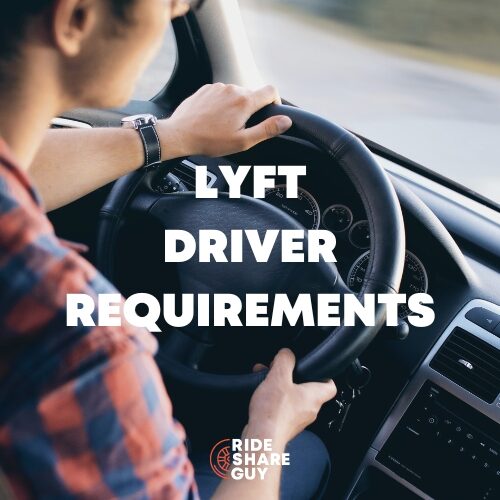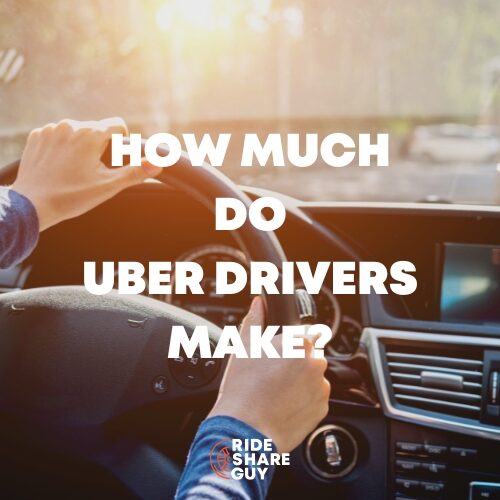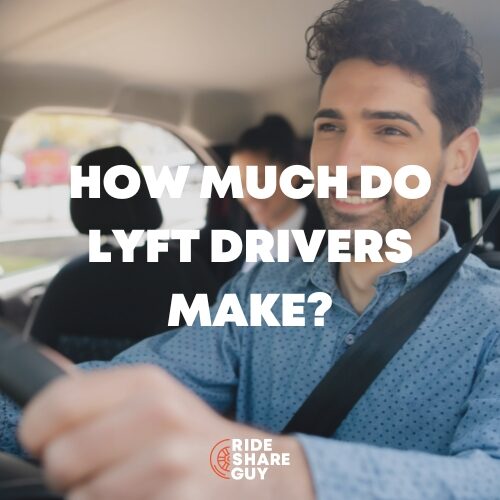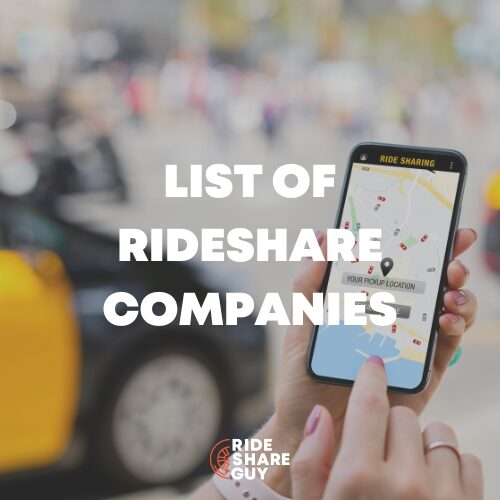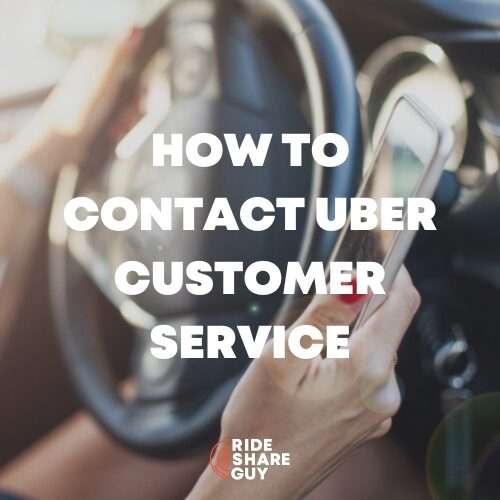Rideshare driving is all about working smarter, not harder. And what’s smarter than taking advantage of driving incentives from Uber and Lyft? Today, senior RSG contributor Jay Cradeur shares his strategies for maximizing Lyft’s Power Driver Bonus.
Over the last six weeks, I have been driving exclusively for Lyft, primarily because they offer a superior bonus versus Uber. I am, after all, doing this for the money. Aren’t you?
During each of those six weeks, Lyft has paid me an additional $500 per week as a Power Driver Bonus for reaching certain milestones. That figure accounts for over 20% of my gross revenue, which is not an insignificant amount.
I have recently seen a few articles and apps that help drivers achieve more rides with surge (Uber) and Prime Time (Lyft) multipliers. However, as a percentage of my revenue, those extra earnings are dwarfed by the Power Driver Bonuses offered in some cities. This article will do a deep dive into some strategies and techniques anyone can use to maximize your weekly bonus revenue.
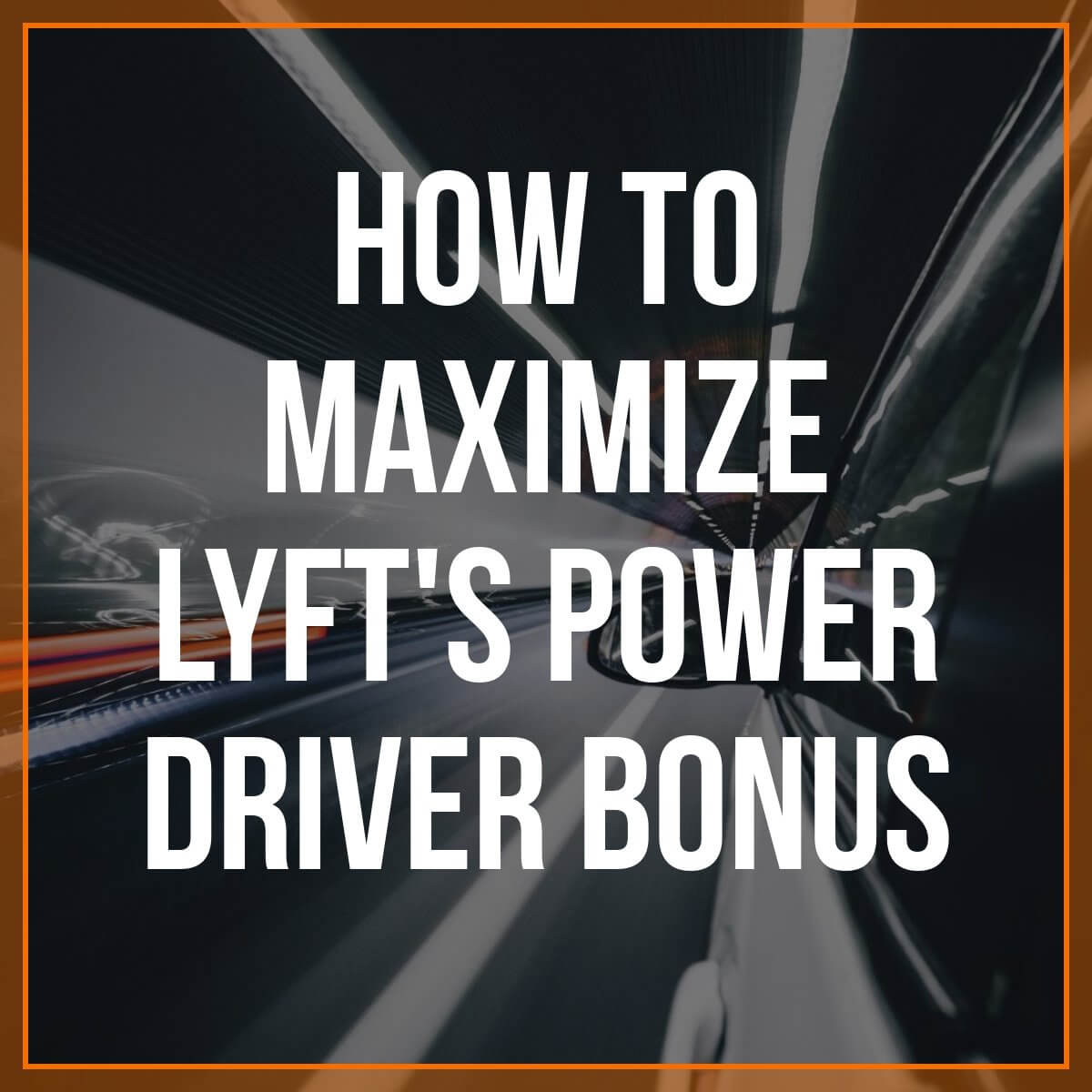
Let’s Look At The Numbers
Below I have provided the past 6 weeks of pay statements. I have earned an average of $2,300 per week, which included approximately $100 in weekly tips, $100 in weekly Prime Time earnings, and $500 in weekly bonuses.
The bonus is worth 5X the additional Prime Time I was able to earn. If you are a full time driver, then achieving the bonus in your market (if available) should be a top priority.
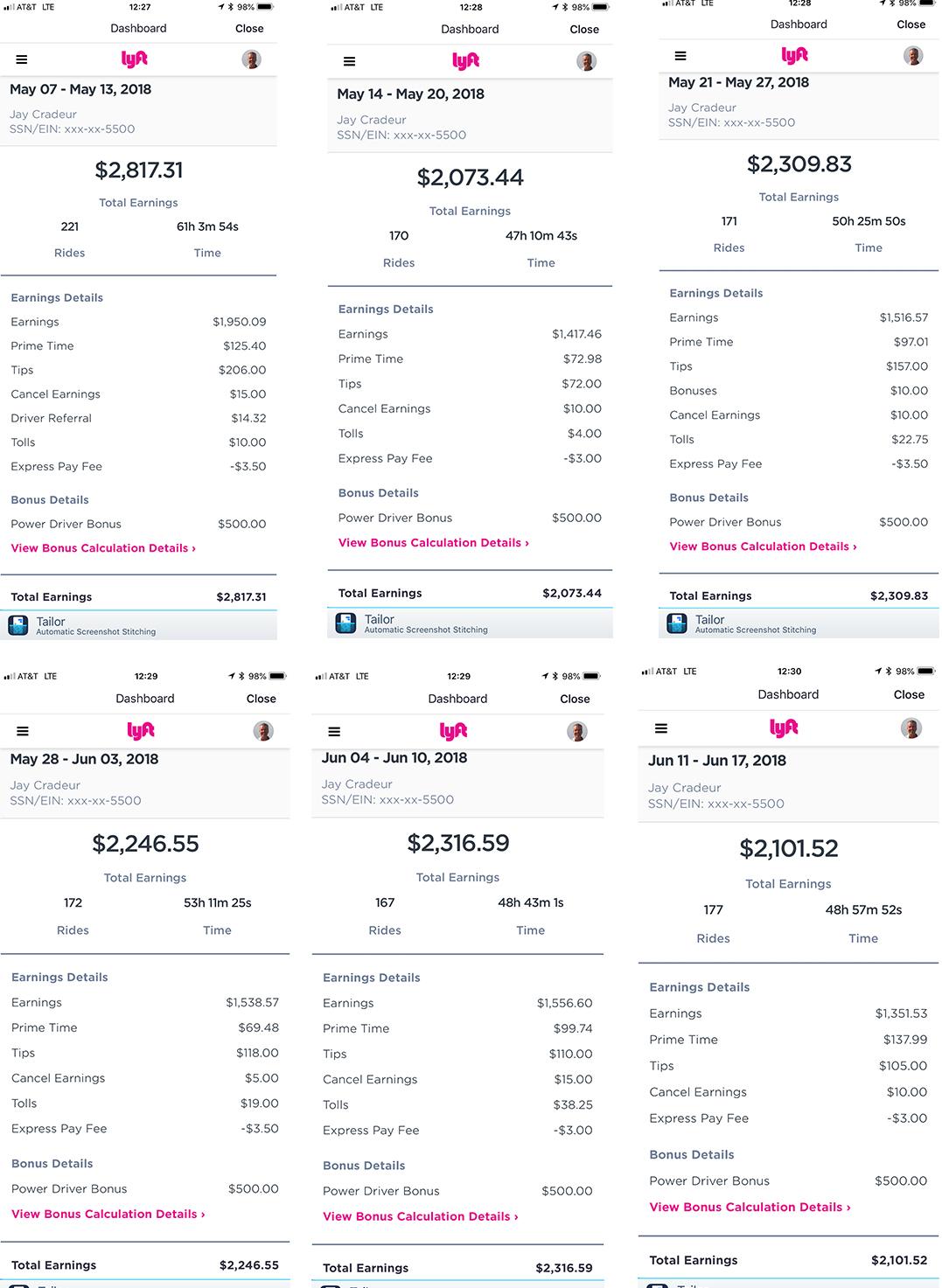
How To Achieve The Bonus
The Lyft Power Driver Bonus and Uber’s Quest bonus are solely based on your ability to get as many rides completed as possible. Uber allows you to get those rides at any time during the week.
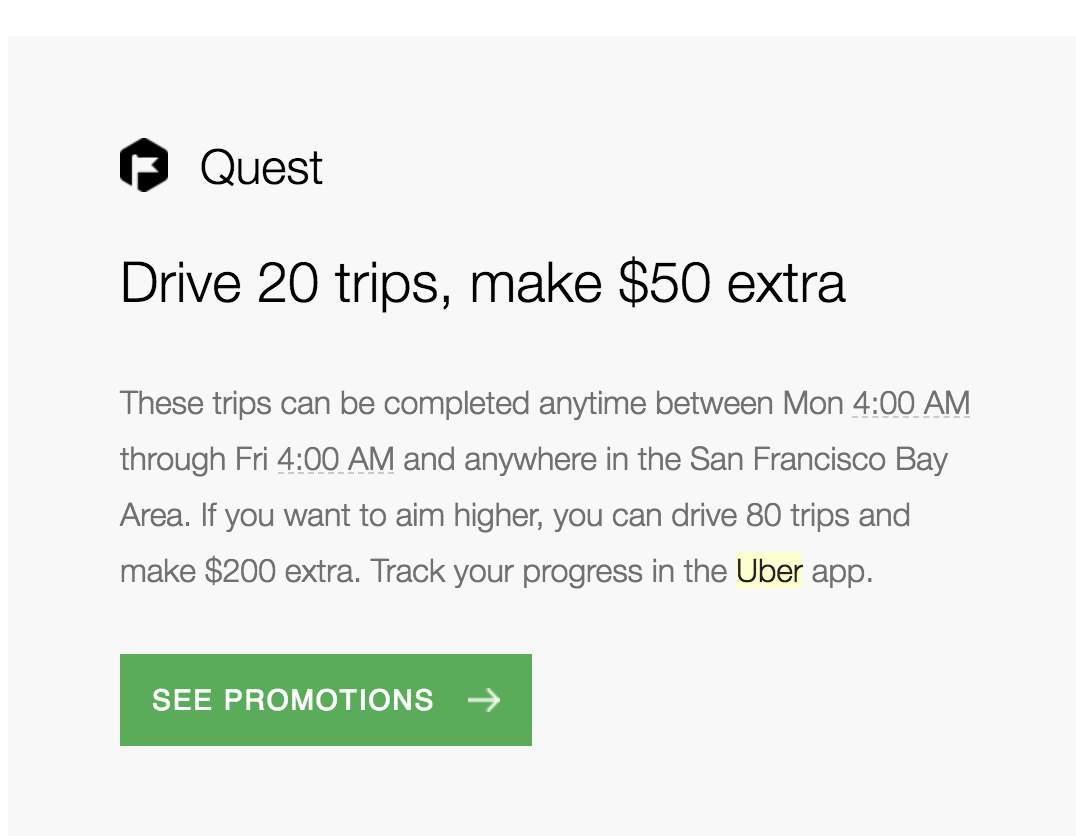
Lyft has specific time zones, called Peak Hours. In San Francisco, Lyft’s time zones are Monday – Friday from 8-10 a.m. and Monday – Thursday from 5-7 p.m.
On Friday, you can work from 4 p.m. until 1 a.m. and then again on Saturday from 1 p.m. to 3 a.m. There are 4 hours you can work on Sunday, 10 a.m. to noon, and 5 – 7 p.m. In addition to the Peak Hours, you also have to complete a certain number of rides during the week.
For example, to achieve the $500 bonus, you must drive a total of 165 rides. This figure includes the rides you achieve during the Peak Hours.
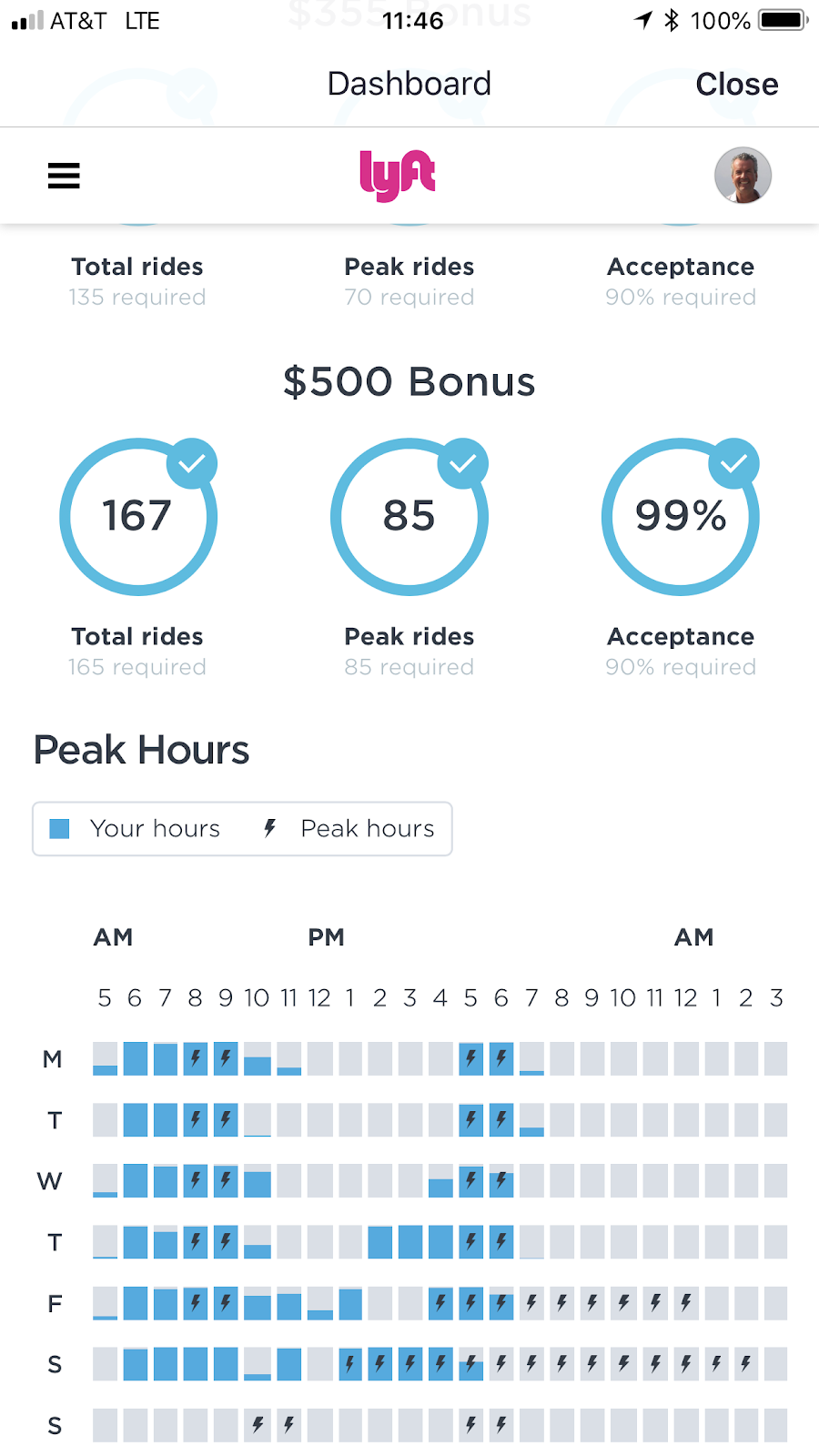
What Are Your Weekly Goals?
Start the week off with a realistic game plan. I plan on working 55 hours, so I work Monday to Thursday in the morning and afternoon. In addition, I work a full day on Friday and Saturday. The only day I take off is Sunday.
I need to average about 3 rides per hour. My goal is to earn $2,000 each week. By setting these goals, I am a more focused driver.
Watch: How to Make $1900 Per Week Driving for Uber and Lyft
Start Right at the Beginning of the Peak Hours
The Peak Hours are the most difficult part of achieving the Lyft Power Driver bonus. This is especially true if you don’t want to drive during the night ferrying drinkers to the bars and back.
I drive in the morning, from 6 a.m. to 11 a.m., since this is always one of the busiest times of the day. From 7:50 to 8:02, I do not take a new ride. I want to make sure that I can get my first ride in the Peak Hours right at the beginning of the 2-hour shift.
At 8:02, I turn on my app and then take my first ride. It is important to check on your first ride and make sure the ride was requested after 8 AM. Sometimes, you may not get the ping until 8:03, but the original ride request occurred at 7:58 AM. This ride will not count toward your Peak Hours.
In order to see the ride request time, just click on Waybill. The fifth item from the top is the ride request time.
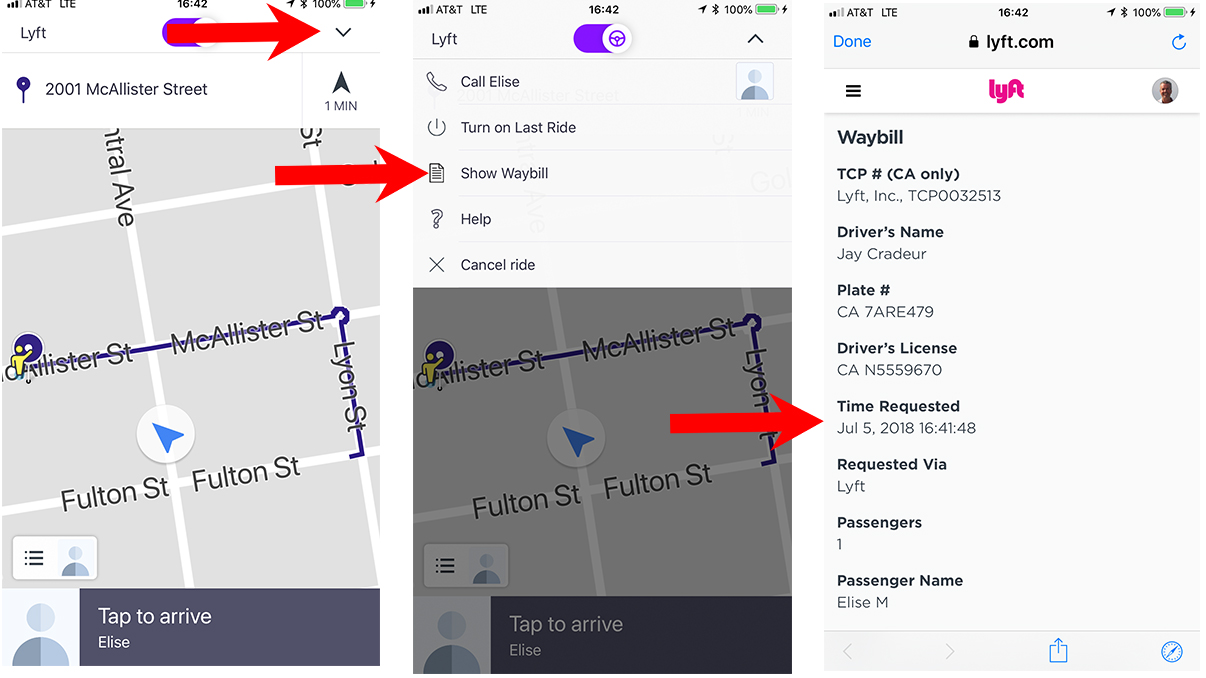
Working with Lyft Line To Achieve More Rides
If you are in a Lyft Line and it started during the Peak Hours, each pick-up will count as 1 ride. All the pickups are tied to the ride request time of the first pickup. For example, and this did happen to me, I picked up a passenger at 8:04 a.m. I then picked up and dropped off another 3 passengers for a total of 4 in the Lyft Line.
I did not check the original ride request time, and it was 7:59 a.m. Therefore, all those ride did not count toward my Peak Hours. Similarly, if you get a ping at 9:59 a.m. and it is a Lyft Line and you have 4 passengers, all 4 of those rides will count toward your Peak Hours.
One time, I picked up a passenger at 6:55 p.m. and proceeded to have 5 passengers over the next 40 minutes. All 5 of those passengers counted toward my Peak Hours for a total of 14 in just 2 hours. The Lyft Line can be very helpful when going for the Power Driver Bonus.
Managing Auto Queue
Lyft has a wonderful feature called Auto Queue. As you are dropping off a passenger, Lyft will often assign your next passenger before you are finished with your current passenger. This happens quite a bit during the morning and afternoon rush hours.
Watch: How to Use the Lyft Driver App
What I have noticed is that very few of the queued up passengers are Lyft Line passengers. In fact, I have only seen one Lyft Line thus far. This poses a challenge since we want Lyft Line passengers during Peak Hours so we can maximize our number of rides.
As a result of this observation, when I am driving during busy times, I will set my current passenger to Last Ride. This way I won’t be getting any auto queued passengers. Then, once I drop off my current passenger, I go back online and wait for my next ride.
This seems to work as I get more Lyft Line rides this way. This also allows me to see the Prime Time multiplier, which I value as well.
Avoid Long Rides
Clearly, getting a long ride during Peak Hours can really derail your attempts to achieve the Power Driver Bonus. Let’s say you haven’t received a ping and it is 5:25 p.m.
Then you get a ping. It is a client with 2 stops. The first stop takes 20 minutes, followed by a 5 minute wait between trips, and then the 2nd stop takes 30 minutes. Now it is 6:25 p.m. and you only have 1 peak ride completed.
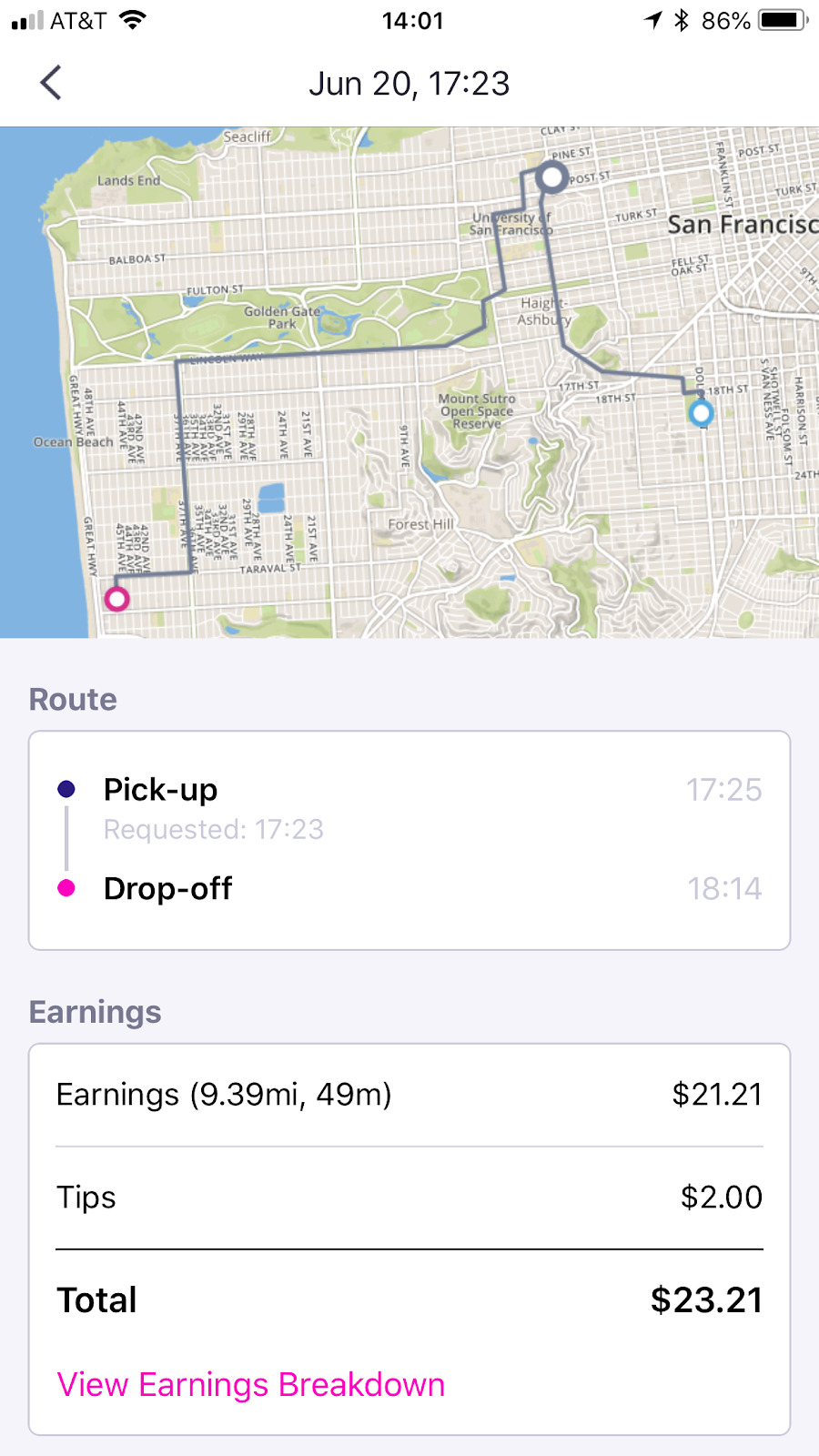
Therefore, you must accept rides very cautiously during Peak Hours. I don’t want a ride that will take me over a bridge or put me deep into heavy traffic.
During Peak Hours, I make it a point to never leave the city of San Francisco. This means the longest rides I will take are 20 minutes and most will be in the 10 – 15 minute range. At 20 minutes or less per ride, even if I don’t get any Lyft Lines, I will be able to achieve my 3 rides per hour goal. Get to know your city – if it takes you 20 minutes to only go through half your city (due to traffic or distance), make it a point to only drive within that 20 minute radius.
Watch: How to See Your Lyft Passenger’s Destination Ahead of Time
There is only one way to safely accept a ride. You must get in the habit of tapping the Arrive button approximately one block before actually arriving. This strategy only works with Lyft.
This will give you time to look and see where the passenger intends to go. It also gives the passenger time to get outside and be ready for my arrival.
If I see a ride is 20 minutes or longer, I will cancel and look for another ride. Luckily, this does not happen too often. My acceptance rate is always about 98% for the week. But it just takes one or two long rides to throw you off your goals and move you from a $500 bonus to a $355 bonus, or less.
To Recap: Maximize Lyft’s Power Driver Bonus
Prime Time and surge will come and go. A certain amount of luck is required to hit that long ride with a 250% Prime Time multiplier. Even with the best of luck, you will only see an increase in your revenue of 5% or so. Tips, if you do your job well, can also account for another 5% or so of your revenue.
The Power Driver bonuses, offered by both Uber and Lyft in certain cities, is where you can add significant revenue to your weekly paycheck. Use these strategies and you could earn yourself a nice bump at the end of the week.
Readers, how do you strategize to maximize your Lyft Power Driver Bonus?
-Jay @ RSG

